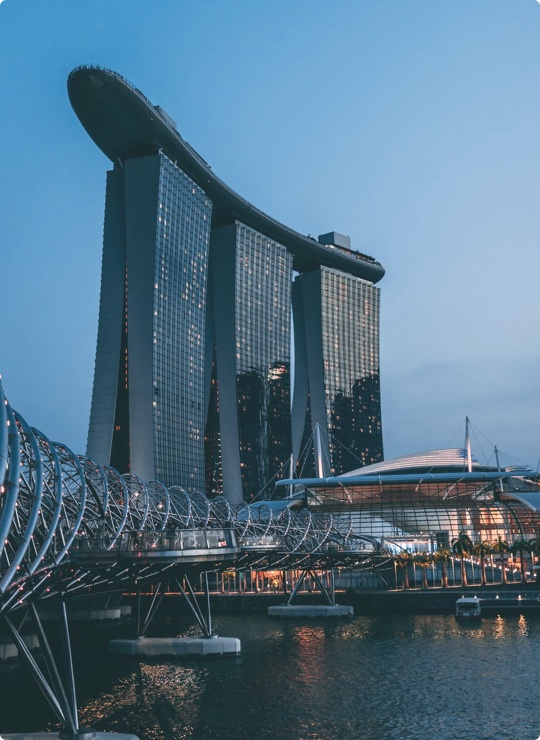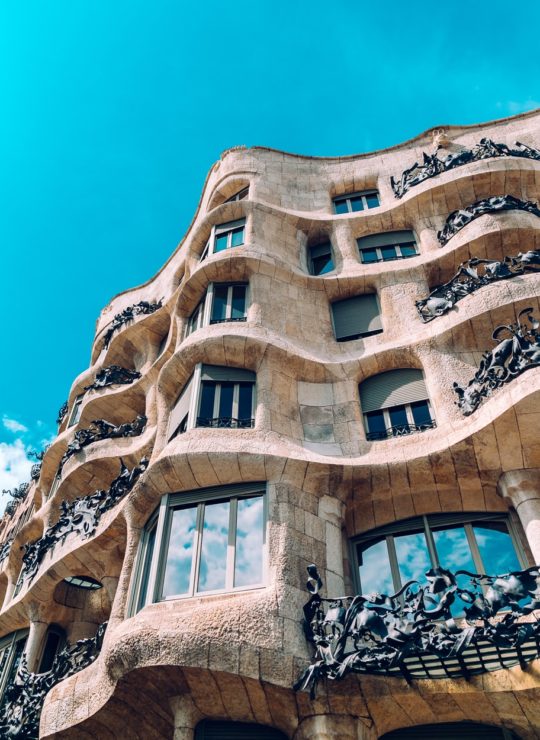Gran Chaco Kaa-Iya National Park
Gran Chaco Kaa-Iya National Park (officially, Parque nacional y área natural de manejo integrado Kaa Iya del Gran Chaco) is a protected natural area in the Tropical Lowlands region of eastern Bolivia. It protects a vast area of savannah, wetlands, and tropical forest.
Understand
[edit]The Gran Chaco region covers a large area of Bolivia, as well as neighboring Paraguay and Argentina, neighboring countries also protect areas of the Chaco as national parks or biosphere reserves. It is the second-largest forest in South America.

History
[edit]The park was established as part of the Bolivian national parks system in September 1995.
Areas of the park have historically been occupied by indigenous populations, most notably Guaranís toward the western side of the park and Chiquitanos toward the north. Indigenous villages can be found in those areas, though no known settlements are in the park's interior.
Landscape
[edit]The landscape is mostly savannah with wide-open grasslands. It is fairly flat with elevations throughout ranging from 100 meters above sea level to the top of its highest hill at just over 800 meters. The northwest region of the park has large wetland areas along the Parapetí River. There are large areas of tropical forest.
Flora and fauna
[edit]
The park is rich in biodiversity with a number of endemic and endangered plant and animal species.
The park is known to have about 90 kinds of snake, more than 300 species of bird, 65 species of small mammals and about 60 species of large mammal.
Some of the more interesting mammals in the park includes the Chacoan peccary, which locals call the tagua. Other species of peccary are also found in the park, such as the White-lipped peccary. The park is known for its large population of predators, particularly large felines such as the puma, jaguar, and ocelot. The endangered maned wolf can also be found here as well as smaller feline predators and pampas deer. Guanacos live in the southeast area of the park and various cavies live everywhere, including the endemic Chacoan mara (which looks like a large rabbit with small ears, but is actually more closely related to a capybara than a rabbit).
Among the 300 bird species in the park are Bare-faced curassows, Harpy eagle and Black-and-whie hawk eagle.
Climate
[edit]Get in
[edit]Park access is extremely difficult. It is remote with few established access points. Roads are badly maintained rural roads that are only suitable for off-road 4WD trucks. During the wet season, there is unlikely to be any usable road or trail. In San Jose de Chiquitos, access is via horse on a Backcountry trail. On the western side, access might be possible via the village of Bajo Izoso. The best bet for an adventurous off-grid traveler intent on visiting the park is to go to Santa Cruz de la Sierra and find a local guide willing to take you (these may be difficult to find).
Fees and permits
[edit]Get around
[edit]Hike or take a horse.
See
[edit]- San Ignacio de Zamucos - the remains of a Spanish mission that was active from 1724 to 1745 can be found in the southeast section of the park


 Français
Français Italiano
Italiano



